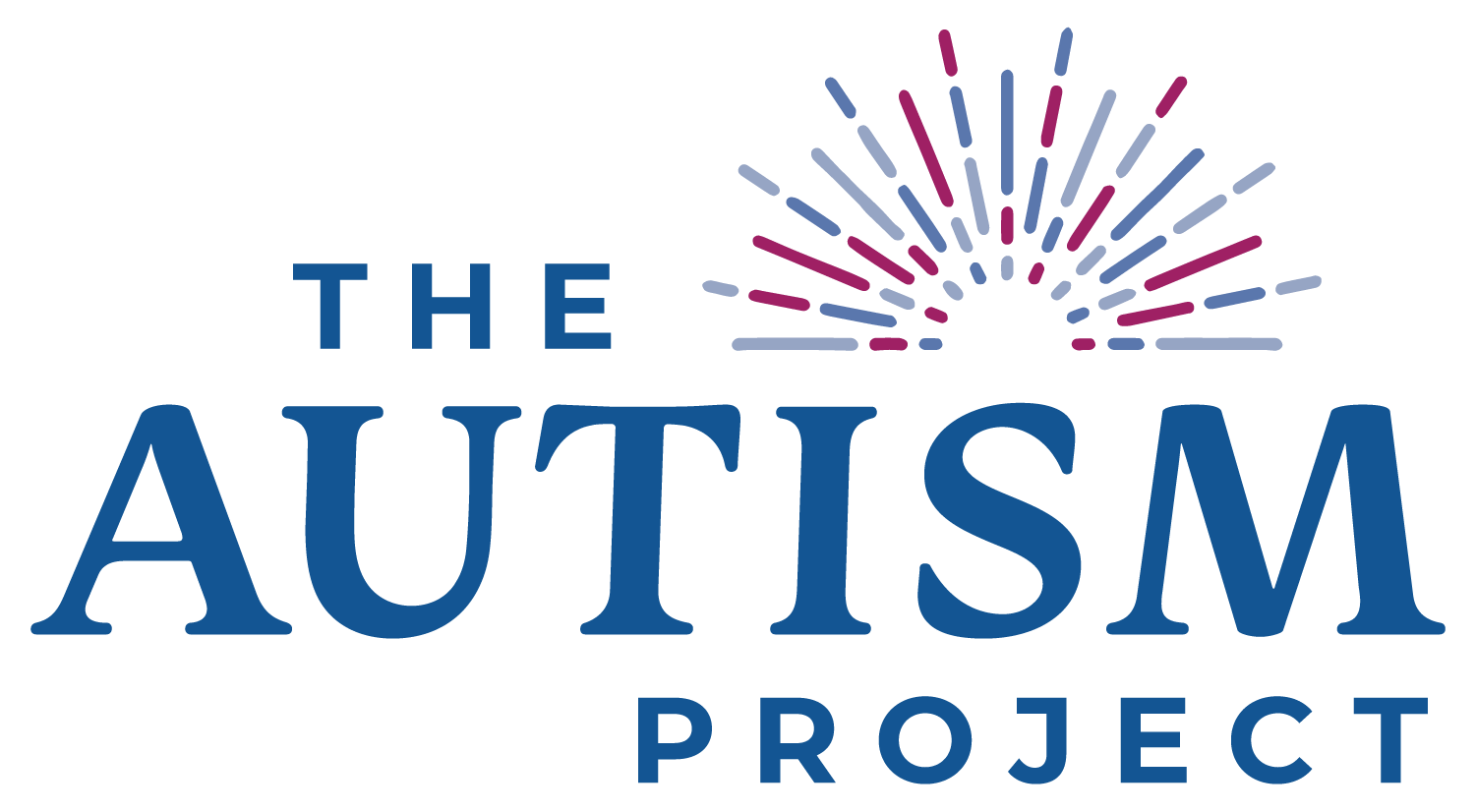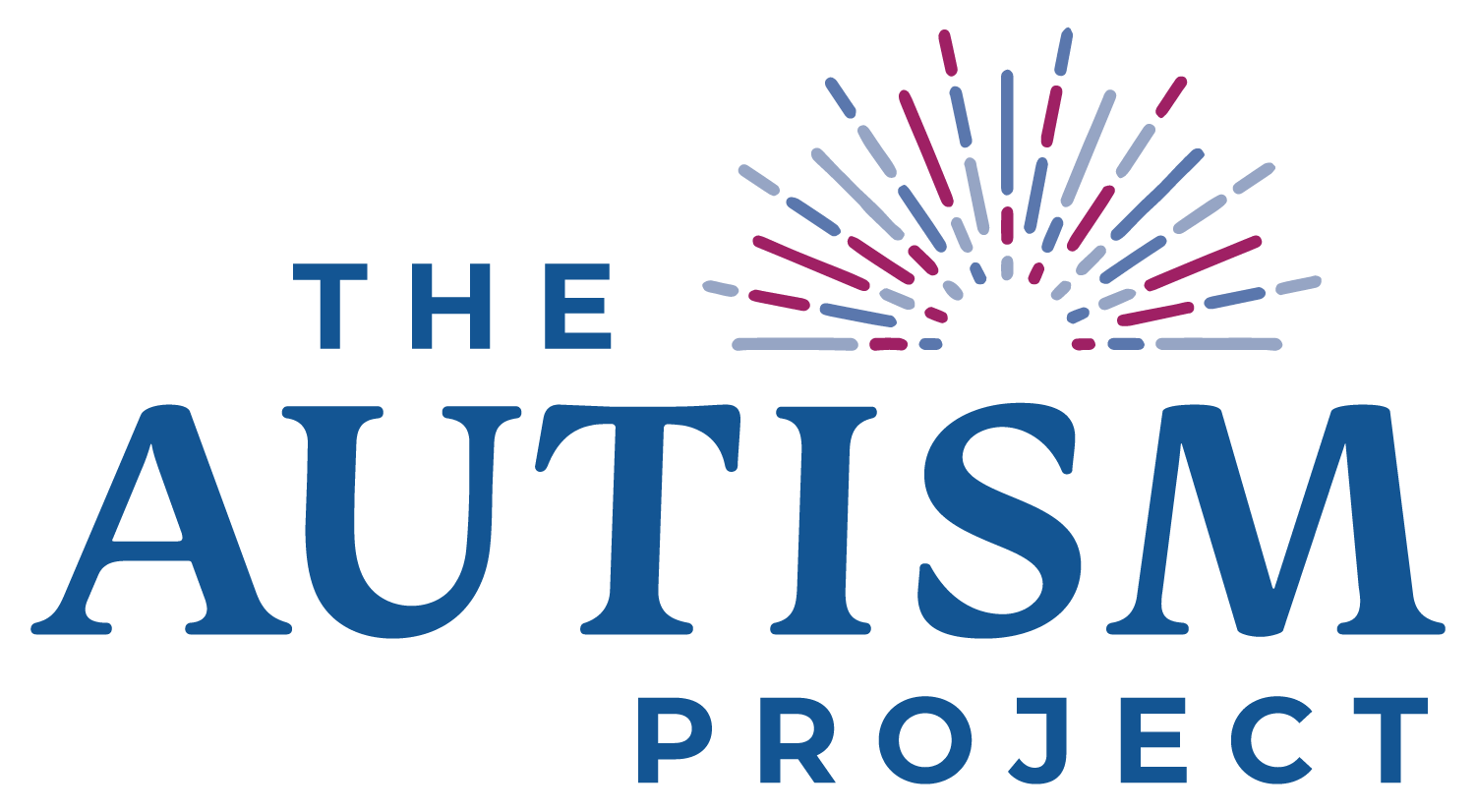Supports and Services
Before attempting to evaluate the different support options available, we strongly recommend that you gain a solid understanding of the core characteristics of autism, along with how these characteristics specifically relate to you (if you are an autistic person), or to the autistic person or people in your life. Understanding autism is a crucial starting point in evaluating your options and choosing effective strategies.
The list below provides information about some of the supports and services available for autistic people. Many on the list can also be appropriate for other neurodivergent, and neurotypical, people. This list is not exhaustive.
Please note that The Autism Project does not provide medical advice or endorse specific supports or services. This list is intended for informational purposes only.
Occupational Therapy/ Sensory Integration Therapy (OT)
Occupational therapy supports the development of activities of daily living, school and vocational skills. In addition, some occupational therapists specialize in sensory integration. Therapy might focus on dressing, eating, bathing, or handwriting. This type of therapy can also target sensory processing. Sensory integration therapy can be helpful for a person who is hyper and/or hyposensitive to sensory input.
More about Interventions for Sensory Health
Speech-Language Therapy
Speech-Language Therapy helps to improve the individual's verbal, non-verbal, and social communication skills. The overall goal is to help the individual to communicate in whatever way works for them. In some cases, therapy might improve the individual's spoken language; in others, the focus of therapy might be to learn to communicate using an alternative method, such as assistive technology.
TEACCH Autism Program®
TEACCH® is an evidence-based service, training, and research program for autistic individuals, families, and professionals, based at the University of North Carolina - Chapel Hill. TEACCH® uses a method called Structured Teaching that is based on the unique learning needs of autistic people. Specifically, Structured Teaching capitalizes on the skills of autistic people by using visual cues to provide structure and clarity across settings.
More About TEACCH & Structured Teaching
Developmental, Individual Differences, Relationship-Based Approach (DIR; also called Floortime)®
DIR® focuses on emotional and relational development (feelings, relationships with caregivers). Research demonstrates that it strengthens fundamental communication and connection for children.
Picture Exchange Communication System (PECS)®
PECS® uses picture symbols to facilitate communication. The goal of PECS® is to empower people to self-initiated using a fast and functional communication system. Some people have opposed the use of PECS® to teach nonspeaking people to communicate, arguing that these methods would hinder the development of spoken language. However, several studies have shown that PECS® can help individuals develop verbal language in some cases.
Cognitive Behavior Therapy
This type of therapy focuses on the connection between thoughts, feelings, and behaviors. Together the therapist, the individual, and/or the caregiver come up with specific goals for the course of therapy. Throughout the sessions, the individual learns to identify and address thought patterns that lead to problem feelings or challenges in particular situations. CBT would be utilized to address and support mental health conditions, not autism. However, ensure that you are working with an autism-informed therapist.
Social Groups
Social groups are designed to provide participants with an opportunity to engage in highly motivating activities or areas of interest, while simultaneously supporting communication and regulation. Social groups are also an excellent opportunity for autistic people to connect with others in their community and celebrate their unique gifts and talents.
The Autism Project - Social Groups
Social Thinking®
Social Thinking® is a curriculum developed by Michelle Garcia Winner. The program assists participants in navigating and interpreting a complex social world. In addition, it provides tools and strategies to assist with emotional regulating and interpretation.
Applied Behavior Analysis (ABA)
ABA has become widely accepted among health care professionals and used in many schools and clinics. ABA sets a variety of goals across settings. The person's progress on these goals is tracked and measured.
There are different types of ABA, listed below. More information about these types of ABA is available on the CDC website.
- Discrete Trial Training (DTT)
- Early Intensive Behavioral Intervention (EIBI)
- Pivotal Response Training (PRT)
- Verbal Behavior Intervention (VBI)
Conscious Discipline®
Conscious Discipline® is a trauma-informed approach recognized by the Substance Abuse and Mental Health Administration (SAMHSA) and the National Registry of Evidence-Based Programs and Practices (NREPP). It is an innovative social-emotional learning program that supports the social/emotional health of children and adults.




